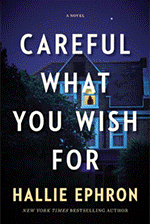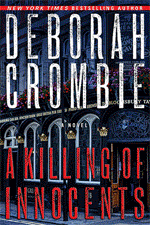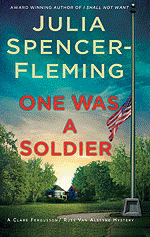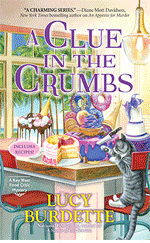HALLIE EPHRON: One of the pitfalls of being me is that people assume that I know something about writing screenplays. Let me assure you (as I do them), I do not.
My parents were screenwriters. My sisters, too. But my favorite things to write are setting and internal dialogue (narrator's thoughts)... none of which show up in a screenplay. In a screenplay it's mostly dialogue and (brief) suggestions on the staging and character affect.
Moving the reader through the setting with the characters usually requires research. The writers has go GO somewhere and take notes, record sounds, take pictures, talking to locals. Research, if it's an historical setting. A ton of world building if it's fantasy.
But there's a special pleasure (and ease) writing a story that is set in in A PLACE FROM YOUR OWN PAST. Possibly a place that no longer exists the way it was then.
I did this In "Night Night, Sleep Tight" which takes place Beverly Hills in the early 60's when I was growing up there. The THERE/there no longer exists except in my memory, so that's where I went to find the details I needed.
In one of the opening chapters, Deirdre reluctantly driving back to her childhood home to deal with her wayward father. Along the way she's flooded with memories, just as I was writing this since I'd taken that drive (decades ago) a gajillion times: Sunset Boulevard, from the San Diego Freeway to Beverly Hills.
I remember every curve. Every stoplight...
**
Forty, forty-five, fifty. The end of her crutch slid across the passenger seat, the cuff banging against the door.
The car drifted into the right lane coming around a tight curve and she had to slam on the brakes behind a red bus that straddled both lanes and poked along at twenty miles an hour, idling just outside walled estates. STARLINE TOURS was painted in slanting white script across the back.
Deirdre tapped the horn and crept along behind the bus, past pink stucco walls that surrounded the estate where Jayne Mansfield had supposedly once lived.
It had been a big deal when the actress died, had to have been at least twenty years ago. And still tourists lined up to gawp at her wall. Breasts the size of watermelons and death in a grisly car accident (early news reports spawned the myth that she’d been decapitated)—those were achievements that merited lasting celebrity in Hollywood.
That, or kill someone.
It was the same old, same old, real talent ripening into stardom and then festering into notoriety. Deirdre sympathized with Jayne Mansfield’s children, though, who must have gone through their lives enduring the ghoulish curiosity of strangers.
Buses like the one belching exhaust in front of her now used to pull up in front of her own parents’ house, passengers glued to the windows. Most writers, unless they married Jayne Mansfield, did not merit stars on celebrity road maps. And in the flats between Sunset and Santa Monica where her father lived, notables were TV (not movie) actors, writers (not producers), and agents, all tucked in like plump raisins among the nouveau riche noncelebrity types who’d moved to Beverly Hills, so they’d say, because of the public schools.
You had to live north of Sunset to score neighbors like Katharine Hepburn or Gregory Peck. Move up even farther, into the canyons to an ultramodern, super-expensive home to find neighbors like Frank Sinatra and Fred Astaire.
Arthur Unger had earned his spot on the celebrity bus tour through an act of bravery that had lasted all of thirty seconds. It had been at a poolside party to celebrate the end of filming of Dark Waters, an action-packed saga with a plot recycled from an early Errol Flynn movie.
Fox Pearson, the up-and-coming actor featured in the film, either jumped, fell, or was pushed into the pool. Sadly for him, no one noticed as the cast on the broken leg he’d suffered a week earlier doing his own stunts in the movie’s finale dragged him to the bottom of the deep end. Might as well have gone in with his foot stuck in a bucket of concrete.
A paparazzo had been on hand to immortalize Arthur shucking his shoes and jacket and diving in. Fox Pearson’s final stunt, along with its fortuitous synchronicity with the movie’s title, earned more headlines for the dead actor than any of his roles. Suddenly he was the second coming (and going) of James Dean, a talent that blazed bright and then . . . cue slow drum roll against a setting sun . . . sank below a watery horizon.
I have no idea how you'd write this as a screenplay. There's not a single line of dialogue, precious little action, and a ton of setting and internal dialogue.
Flashbacks? Voice over?? Beats me.
Are there mental journeys that you can take with details of places that are long gone but still vivid in your mind's eye? To the corner store? To the drive-in movie, local dive bar, swimming hole, lover's lane, fabulous view???


.jpg)












